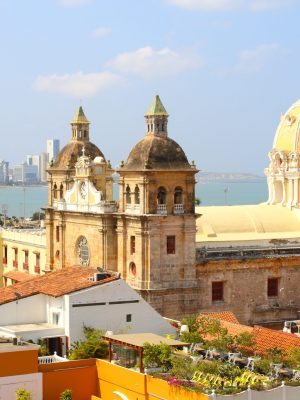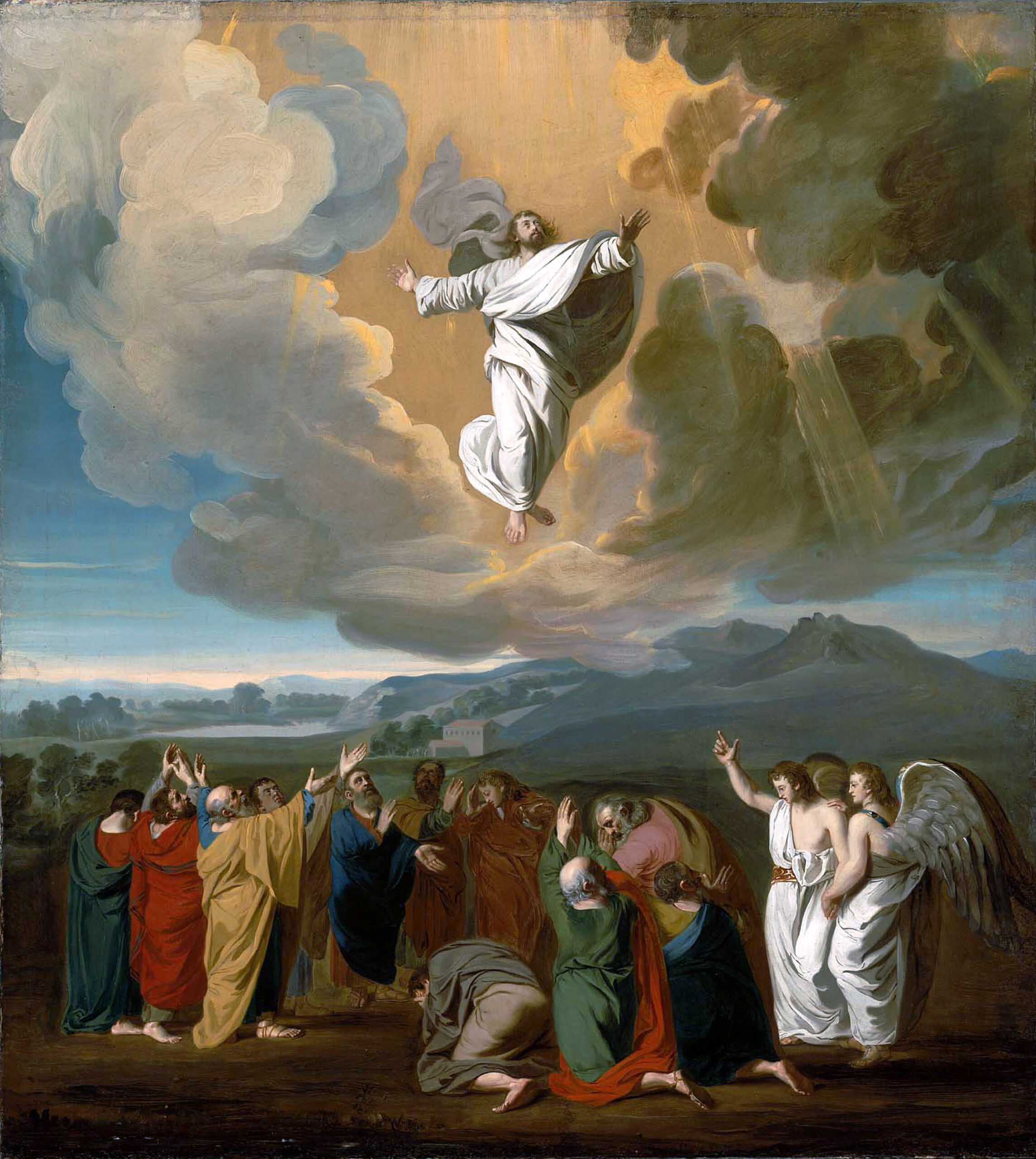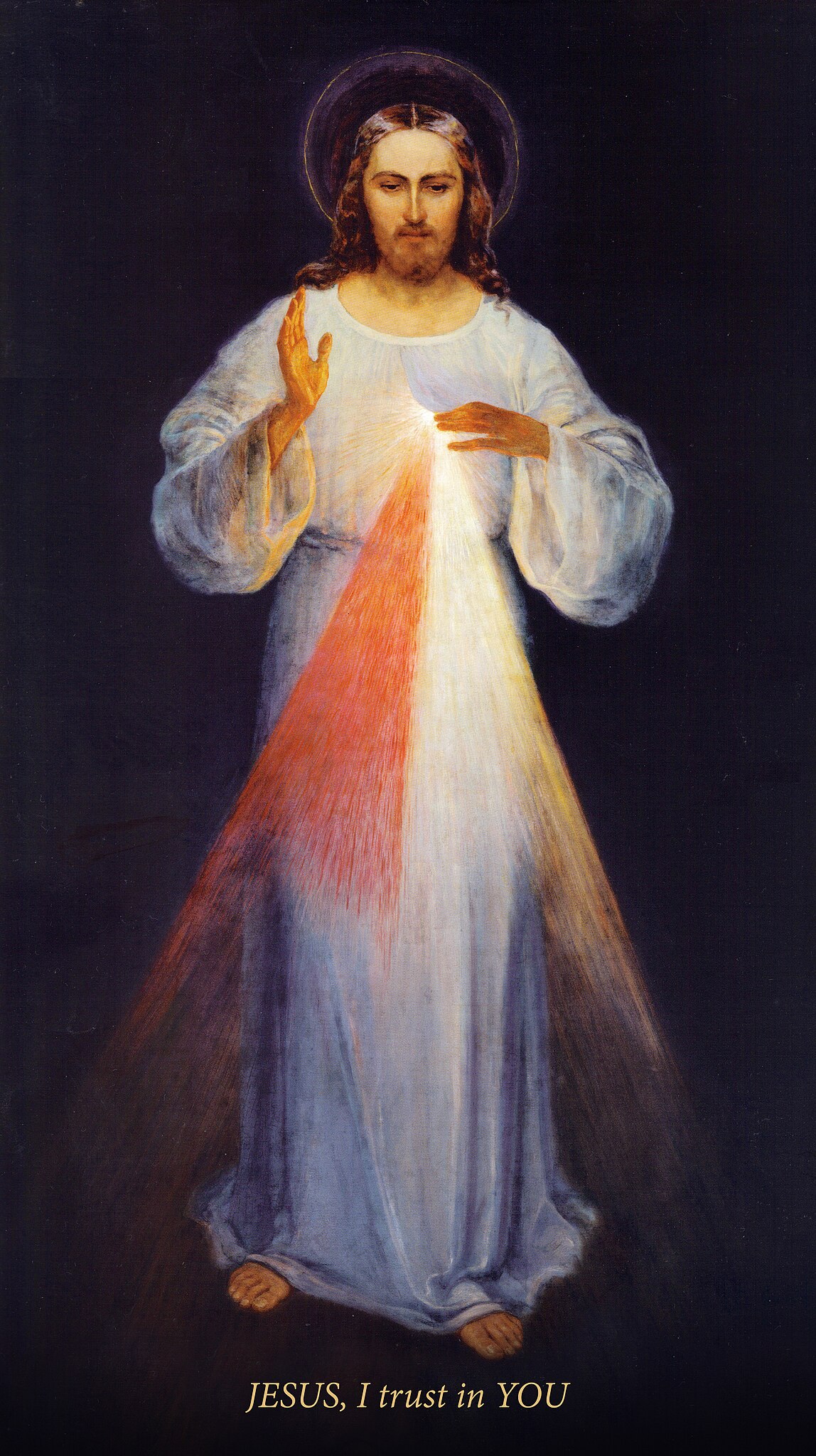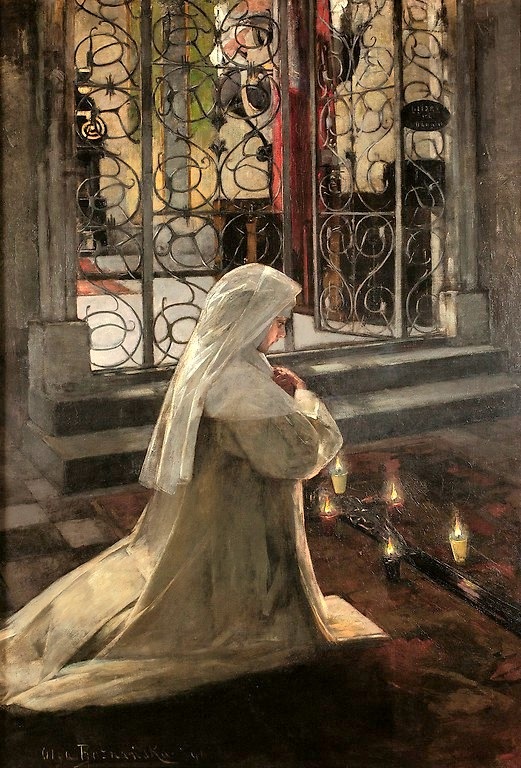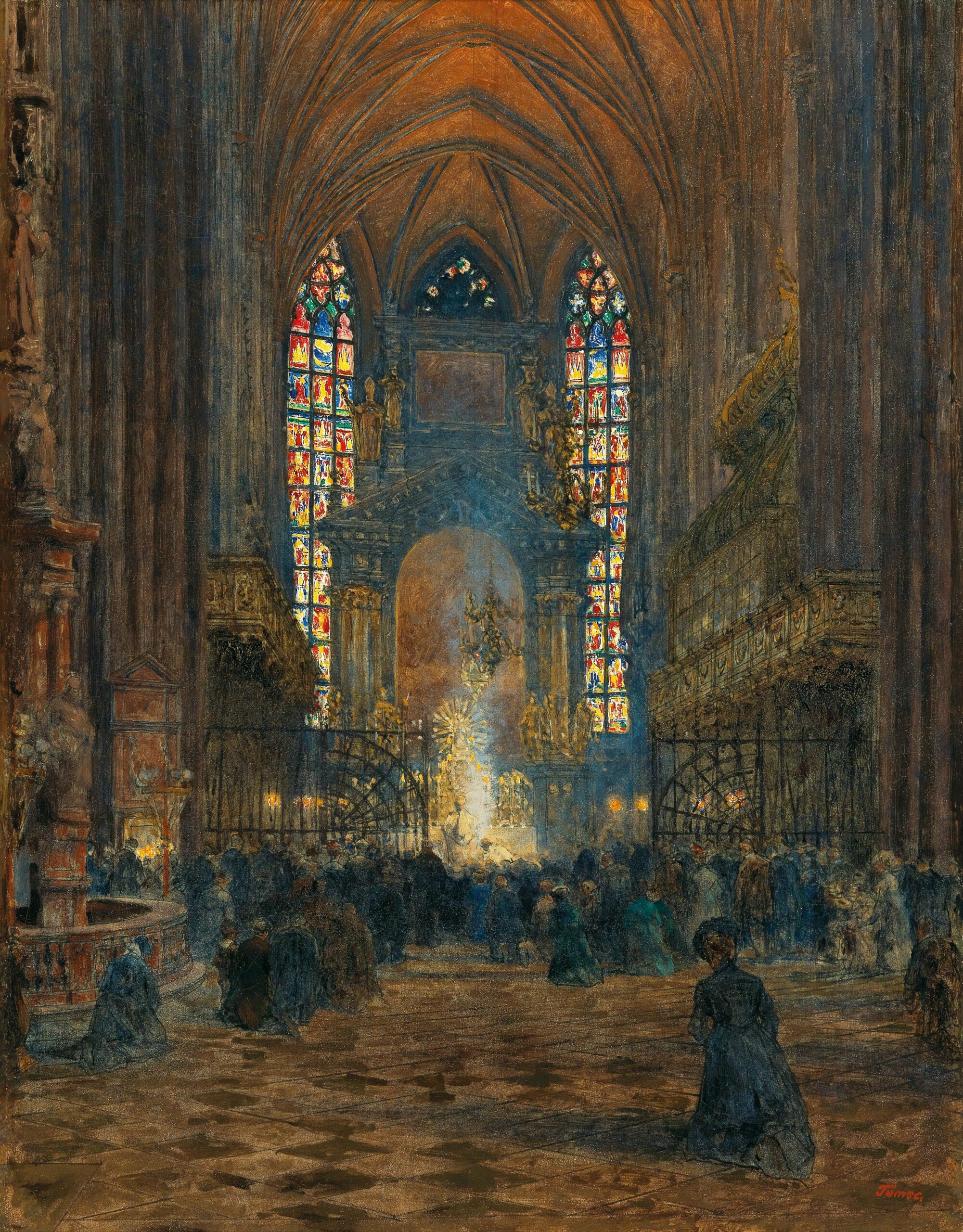There is a movement afoot that claims that the Roman Catholic Church was long insensitive to the plight of black slaves or to the institution of slavery in general. The movement is growing more vocal and more hostile and levies some extraordinarily uncharitable and unfounded claims. This is not the place to lay out those claims and refute them, but it is a good place to honor the saint whose feast day is September 9 and who serves as a truly stunning example of holiness, especially in his amazing outreach to fellow human beings caught in the horrible cruelty of the slave trade.
His name was St. Peter Claver.
Claver was born on June 26, 1580 in the Catalonian village of Verdú, west of Barcelona, Spain. He eventually arrived in what was then called New Granada, but today is Columbia, South America. In these territories, he witnessed the abomination that was slavery.
Claver’s ministry to black slaves is perhaps unparalleled among anyone in the history of the Catholic Church and perhaps Christianity as a whole, including the likes of Wilberforce in England. So dedicated was he to slaves that he became known as “slave of the slaves.” His personal motto was “Peter Claver, slave of the Negroes for ever.” Fr. John Perricone, Ph.D., an adjunct professor at Iona College, makes the point that to St. Peter Claver “black lives really mattered.”
Peter Claver literally loved these suffering people. He showed that love in a way that astonished everyone, from slaves to non-slaves.
Claver encountered slaves at Cartagena in the Caribbean, a dominant slave market, one of two slave ports in Spanish America designated by the Council of the Indies. African slaves were shipped into Cartagena and from there disseminated into the Americas. These ships were horror shows. Slaves were packed like rotting sardines, often upward of 500 shackled per craft. The voyage was long and arduous, with these poor people receiving little food, water, hygiene, washing. Many of them died during the voyage.
Those who did survive, and were crushed by the utter inhumanity of man to man they had experienced, were astonished upon their arrival to be greeted by a smiling, loving Jesuit priest who rushed to their aid. It was Fr. Peter Claver. Catholic convert and Claver biographer Arnold Lunn described the scene:
“Let us watch the [captives] as they disembark. Down the gangway they come, a forlorn straggle of hopeless misery, starving, half mad, and frantic with home-sickness. They have been chained for three months below decks in an atmosphere so horrible that no white man could thrust his head into it without fainting. They have endured every conceivable form of brutality, physical and mental. Many have died on the voyage, and those who have survived are half dead. They have left everything, home, liberty, families, and have nothing to hope for.
Suddenly, the curious crowd of watchers falls back, and a little man bustles through carrying a large basket full of fruit, tobacco and bandages. His face beams as he approaches the Negroes. He wastes no time before getting to work. His first task is to baptize the dying, and then to wash and feed the sick.”
The little man, Fr. Peter Claver, felt that he couldn’t get to these wounded souls quickly enough. He received permission to board a smaller craft and row with oarsmen to the ship the moment that he spied it out at sea. No time could be wasted. He climbed the rope ladder, pulled himself on board, and descended to the sick between decks, and often alone, as no one else could stand the stench, even hardened crew members.
Claver was so moved by their terrible treatment that he literally kissed them in offering as much affection as possible. Lunn is not the only biographer to report that some claimed to see Claver visibly “illumined with rays of glory” as he Christ-like loved his neighbors. Claver himself wrote to his superiors on May 31, 1627: “This was how we spoke to them, not with words but with our hands and actions.”
Claver gently wiped the mucous and blood from them. When the priest ran out of rags, he used his own cloak. The future saint treated tens of thousands of slaves in this fashion, ministering to them, baptizing them, anointing them. He got sick with them. He often slept only three hours each night. He later wrote: “I must dedicate myself to the service of God until death, on the understanding that I am like a slave, wholly occupied in the service of his master.”
Claver scholar Joseph F. X. Sladky writes: “Claver’s heroism in dealing with the diseased and sick is astounding…. He plainly saw Christ ‘in the least of these brethren.’”
As Sladky notes, all of this inevitably took its toll on Fr. Claver. Over his career, he had managed to survive five epidemics. The fifth caught up with him. He was never the same.
Peter Claver died on September 8, 1654. He ultimately became known not only as “slave of the slaves” but as Saint Peter Claver, canonized by Pope Leo XIII in January 1888. Leo would say, “No life, except the life of Christ, has so moved me as that of St. Peter Claver.”
The more one learns about Peter Claver, the more one is inclined to agree with that assessment. He is a model of holiness for all times.
Photo caption: Sanctuary of St. Peter Claver in Cartagena, Colombia, where the saint is entombed.


